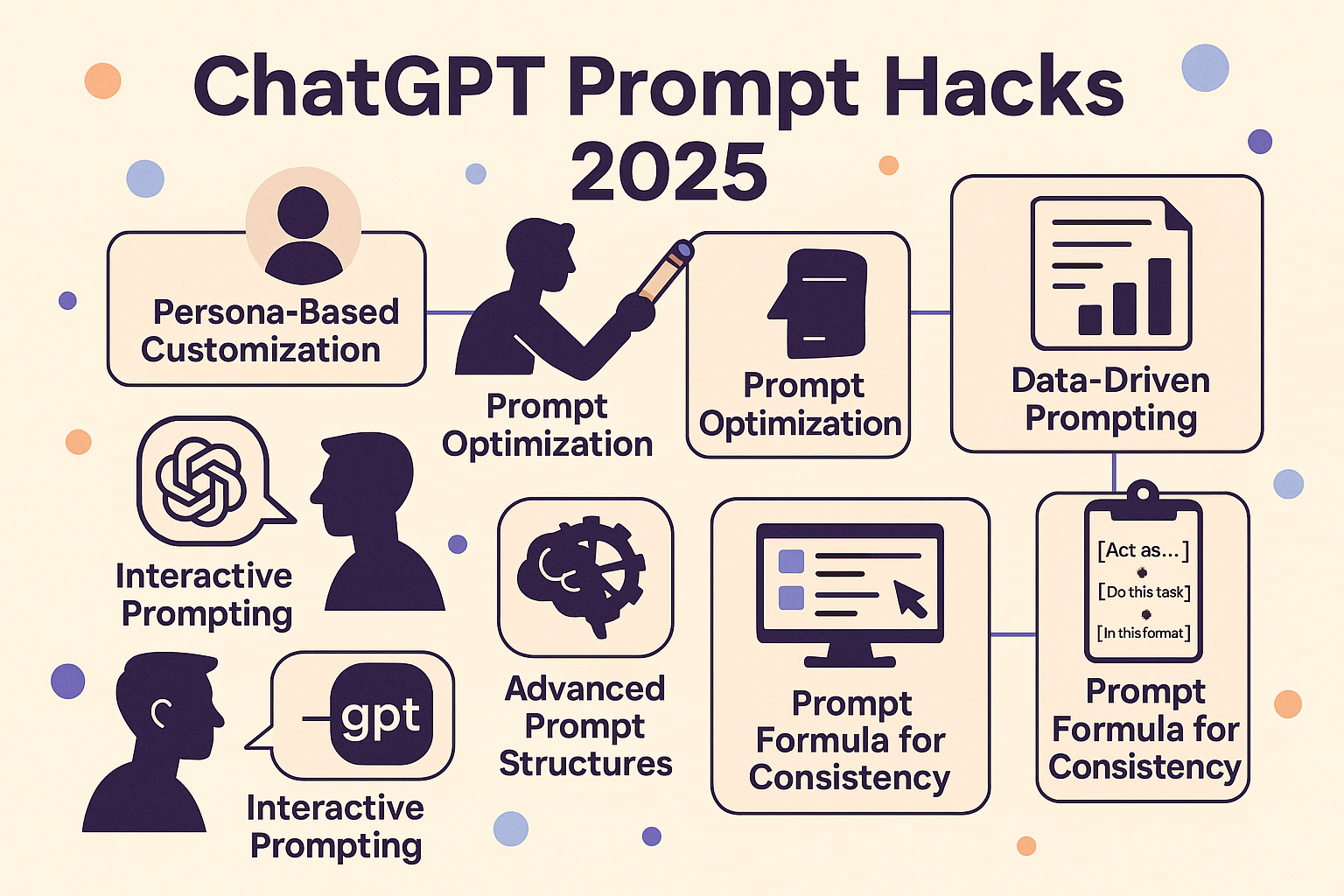ChatGPT in the Workplace: A Double-Edged Sword
Ban or encourage ChatGPT at the office?

The advent of artificial intelligence (AI) has brought about a revolution in various sectors, and the workplace is no exception. One of the most notable AI tools that has made a significant impact is ChatGPT, a generative AI developed by OpenAI. However, the use of ChatGPT in the workplace has sparked a heated debate, with some companies embracing it while others have outright banned it. This article delves into the pros and cons of using ChatGPT in the workplace, offering insights into the potential benefits and risks it presents.
The Rise of ChatGPT
ChatGPT has gained popularity due to its ability to converse with users on a wide range of topics, making it a versatile tool in the workplace. It's been used for tasks such as writing marketing texts, emails, and even aiding in brainstorming sessions. According to a survey, one-third of Dutch employees already use ChatGPT, and another third plan to do so in the future.
The tool's ability to generate responses and provide solutions in real-time has made it a valuable asset for many employees. It's been reported that productivity increased by 14% when using AI assistants like ChatGPT, with customer satisfaction also seeing a rise. This has led to a decrease in employee turnover, particularly benefiting relatively inexperienced workers who gain the most from access to AI recommendations.
The Controversy Surrounding ChatGPT
Despite the benefits, the use of ChatGPT has not been without controversy. Companies like Apple and financial institutions such as JPMorgan, Bank of America, and Citigroup have banned or restricted the use of ChatGPT. The primary concern is the potential risk of data exposure from bugs or hackers, and the inadvertent revelation of trade secrets.
ChatGPT's ability to generate content also raises concerns about the accuracy of the information it produces. The tool has been found to generate false information, posing a risk to companies that allow their employees to use it without proper supervision. This is particularly concerning given that two-thirds of users did not ask permission from their employer before using ChatGPT, and four-fifths had no training in generative AI or guidelines for its use.
The Future of ChatGPT in the Workplace
While the debate continues, it's clear that the future of ChatGPT in the workplace is uncharted territory. Companies need to understand the potential risks and benefits of using such a tool. Training employees and setting clear guidelines are necessary steps when adopting AI tools like ChatGPT. Furthermore, companies can benefit significantly from using these tools as long as they invest in structured data and domain knowledge.
In conclusion, ChatGPT offers a new frontier in the workplace, providing a tool that can increase productivity and efficiency. However, it's essential to navigate this new landscape with caution, understanding the potential risks and taking the necessary steps to mitigate them.



